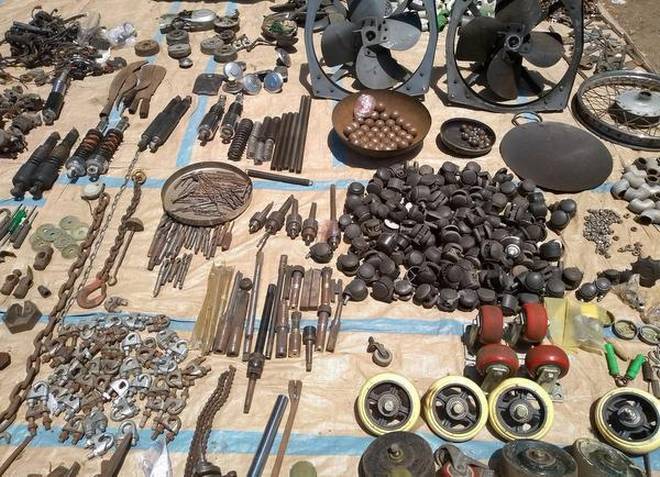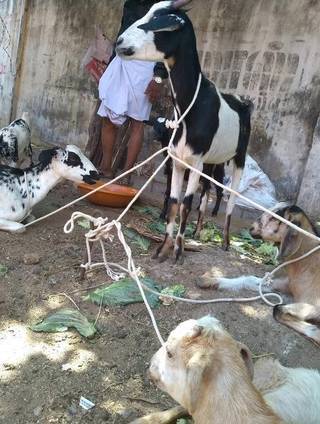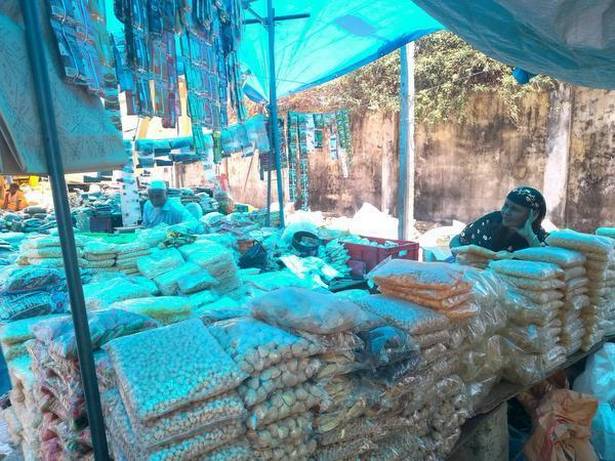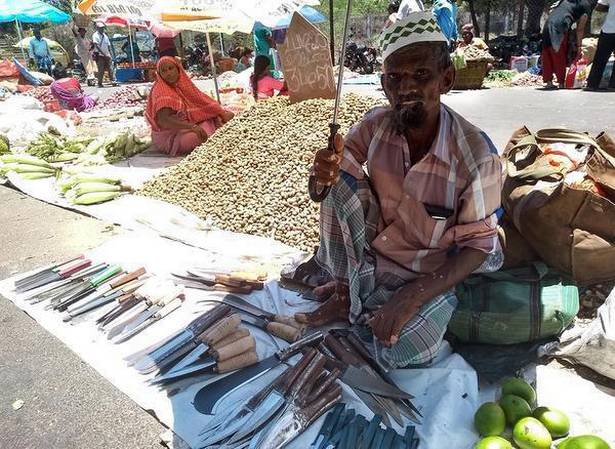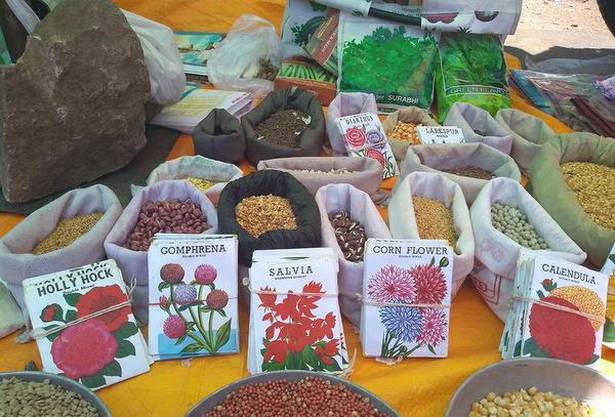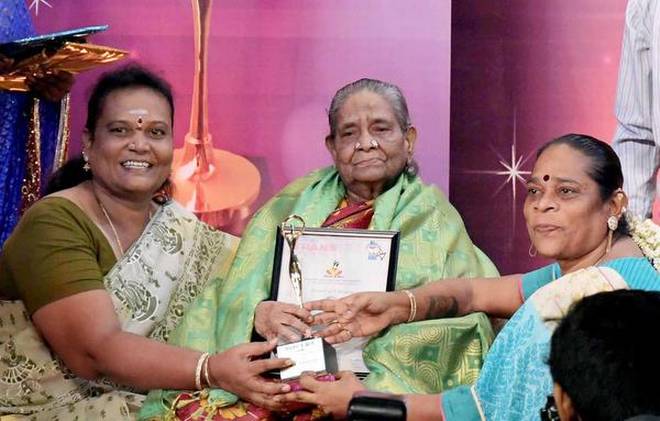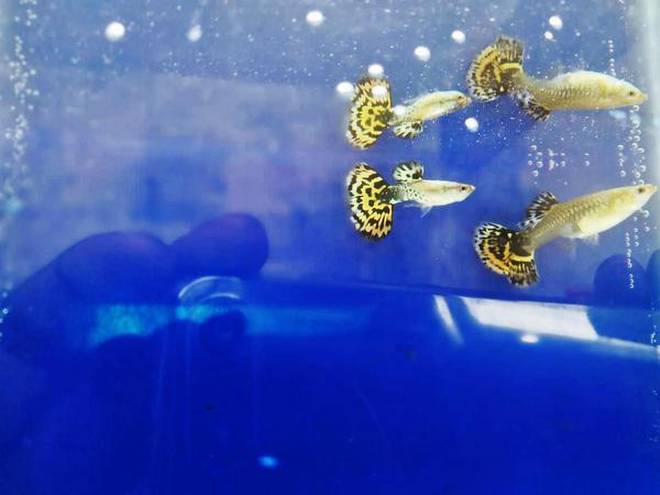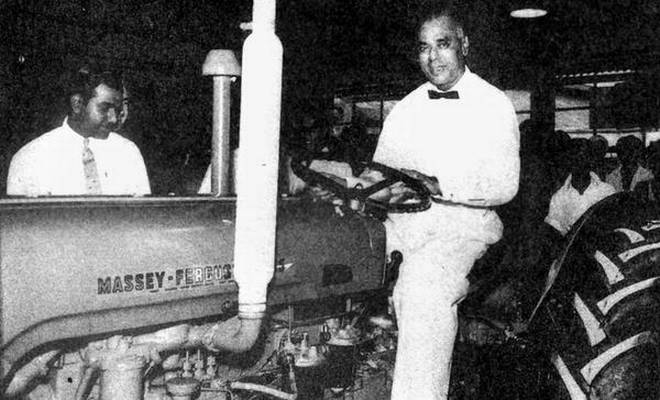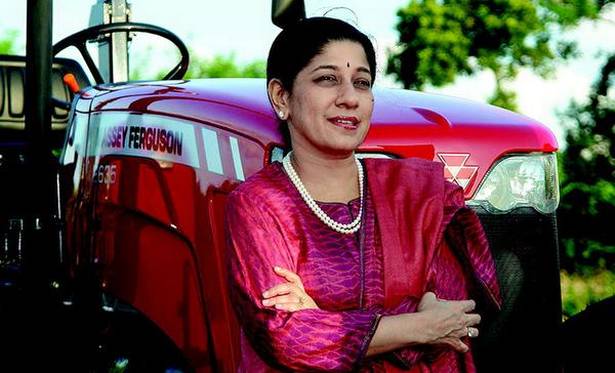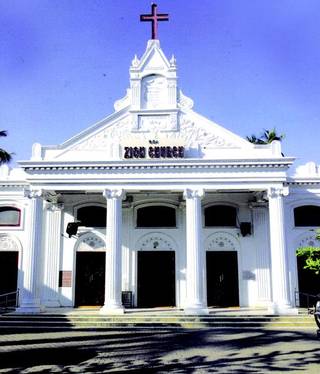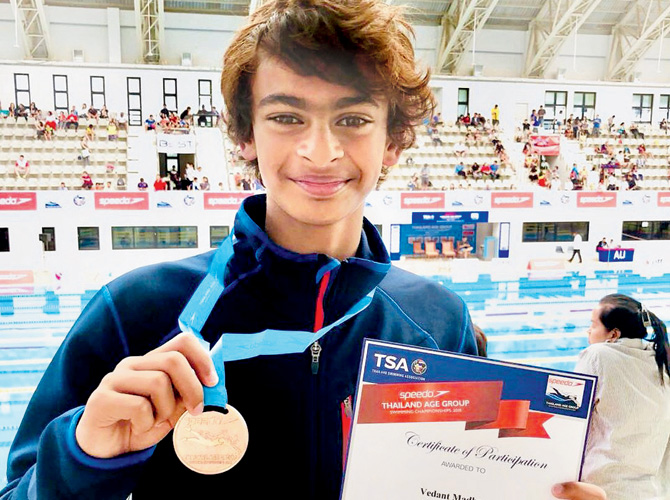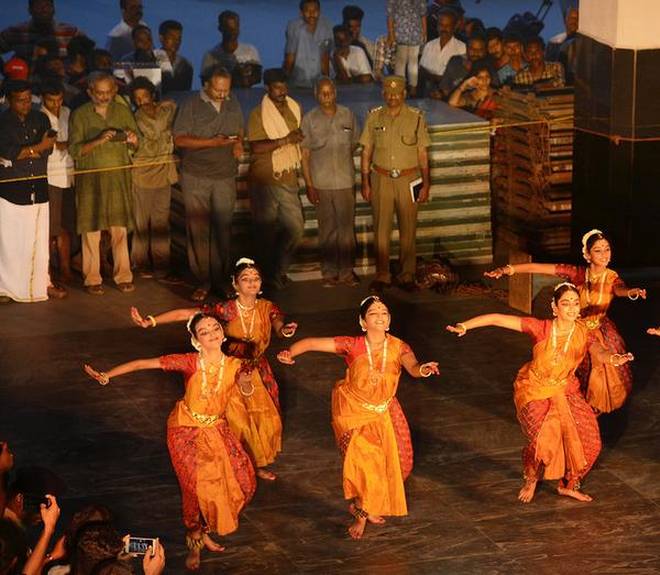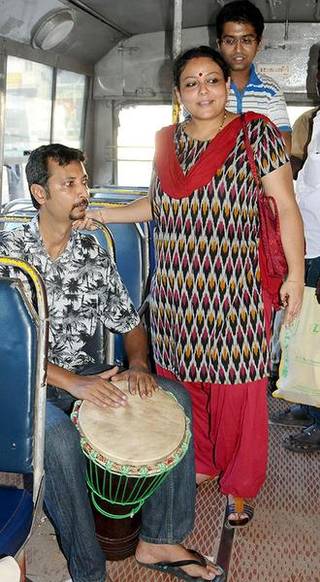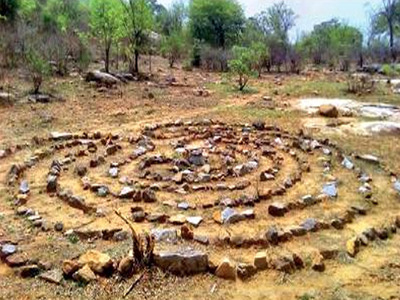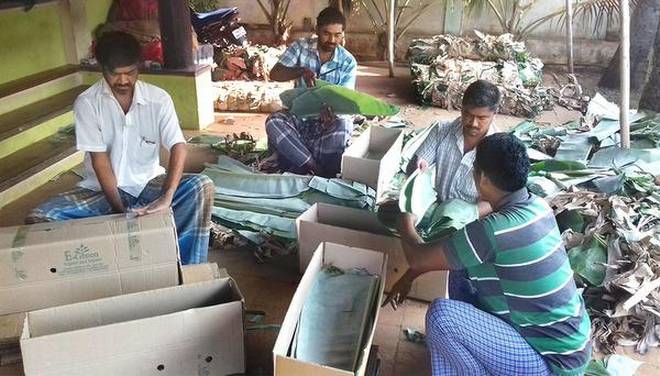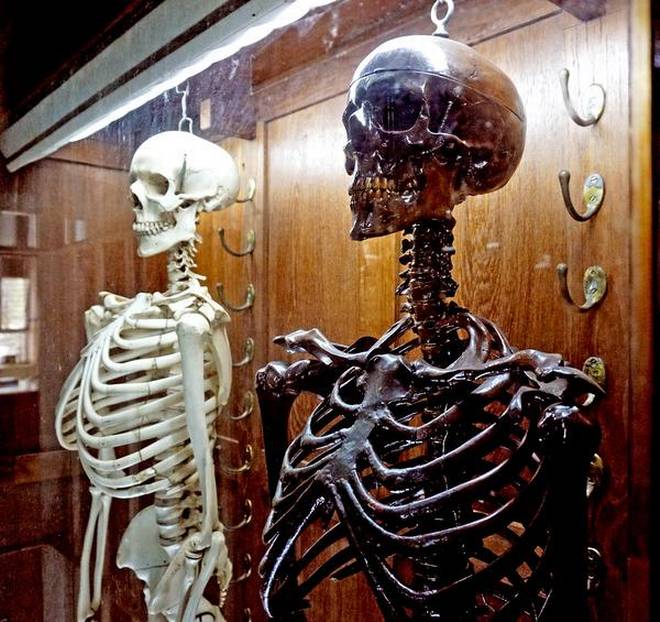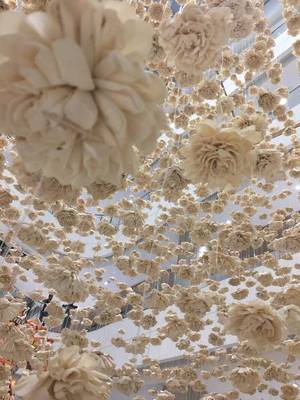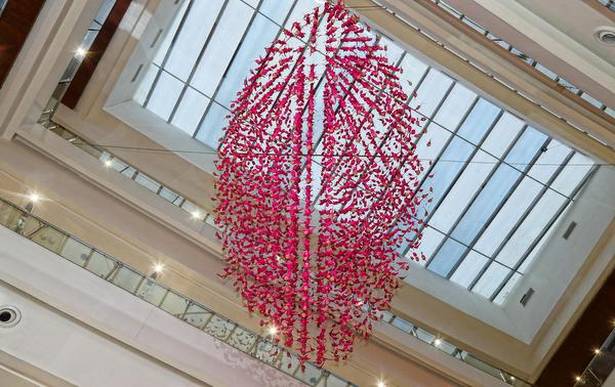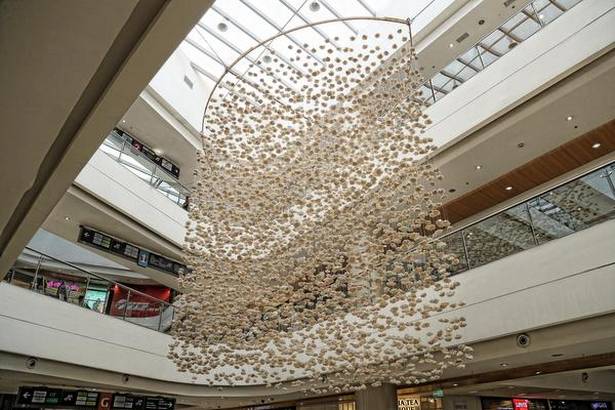The Friday market at Pallavaram has a 100-year-old history. Antiques, bicycles, vegetables, auto-parts, pots… You can even buy yourself a live goat at this high-energy space which brings a village to the city
“Listen carefully,” says the old man sporting a turban made of towel. His audience: two little boys. The location: Pallavaram Friday sandhai (shandy).
His name is S Srinivasan and he has just sold them a pair of rabbits. “Mix turmeric with water and apply it on their nails in case they get torn. That’s the most common injury that rabbits can incur,” he instructs. The boys nod in unison as the palm-sized creatures wiggle in a basket next to them.
Srinivasan is from Kundrathur and sells rabbits and hens for a living. The market provides him a big chunk of income. Not just him; it has been supporting hundreds of vendors from nearby villages, small towns, and suburbs for over 10 decades.
The Pallavaram Friday Market is like a hamlet with non-resident inhabitants. They pack their bags and arrive at dawn, make the two-kilometre-long stretch their home for a day, and leave at night, only to repeat the pattern every week. Some have been doing this for years. The market has everything. “You can find everything other than your parents here,” jokes C Baskar who sells glass bangles sourced from Parry’s.
The market’s entrance is lined with gardening-related products such as saplings, flowerpots, and compost. K Kumar, who sells vegetable and flower seeds, squats on the ground with a cabbage leaf over his head to protect himself from the sun.
On the go
“I’ve picked a market for every day of the week to do business,” he says. “On Mondays, I head to Madhuranthagam, Tuesday to Thirukazhukundram and so on.”
Most sellers at the market are people like him who make a living out of travelling from one sandhai to the other. Allah Bahad who sells handmade kitchen and meat knives, sits opposite a row of vegetable sellers, holding an umbrella. “The knives have been made at Thiruvalankadu, a village near Arakkonam,” he explains.
Nearby, a man calls out to customers claiming he has the best deals on T-shirts; a butter-milk seller tring-trings on his bicycle; mammoth jackfruit from Panruti are heaped like boulders in the sun; plastic-framed mirrors gleam, jostling for space next to mountains of red chillies as dried fish sit pretty nearby, their smell doing all the talking. Full-fledged grocery stores have been set up for the day, complete with strands of masala sachets hung like garlands in the front.
Tethered goats await buyers; some, such as those that N Arumugam owns, have travelled long distances to reach the market. Hens bustle inside makeshift coops while baby rabbits rub their noses against metal cages. Nearby, K Saravanan sits amidst what looks like electronic waste — TV remote controls, keyboards, mobile phones and head-sets among countless lengths of wires and batteries. “People looking for reusable parts come to me,” he explains. There are several such stalls that recycle e-waste.
Wood and metal
Walk a little further and we come to a slice of Pudupet; machine and automobile spare-parts are neatly arranged on the ground; there are brand-new bicycles on sale too. Then there’s wooden furniture to choose from. The market boasts five shops that deal with old coins and antiques. S Rajasekar, who owns one of them, shows us brass containers, horseshoes, and ornate hand-carved metal keys. “I collect antiques from places such as Kanchipuram and also trade with others in the business,” he explains.
An easy camaraderie exists amongst the sellers, evident from the way they chit chat as they work. A chudidar-clad woman stands out: S Usha is setting up her stall of earrings and seems a little conscious as she spreads her products. It’s her first day and she merely smiles when asked if she’s nervous. “What’s there to fear?” chips in her neighbour R Suresh. “There’s always space for new people at the sandhai.”
source: http://www.thehindu.com / The Hindu / Home> Society / by Akila Kannadasan / April 17th, 2018
